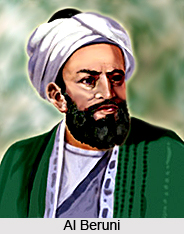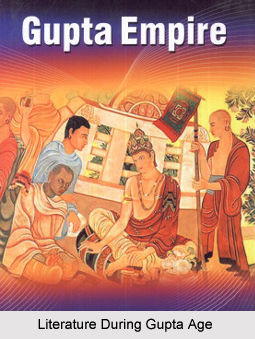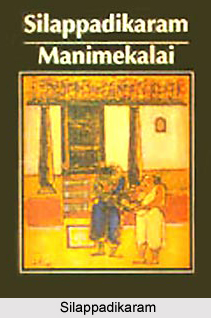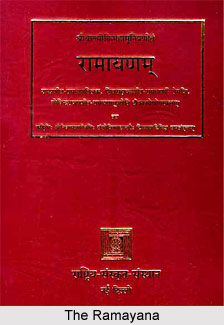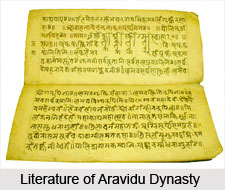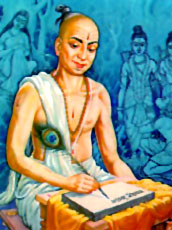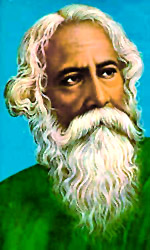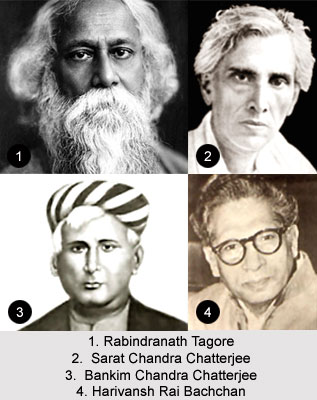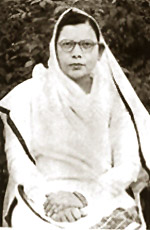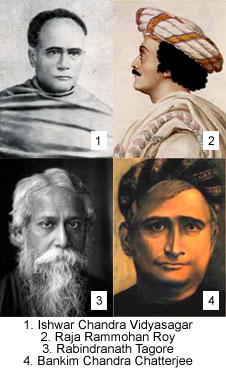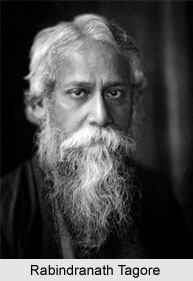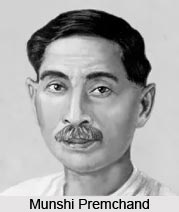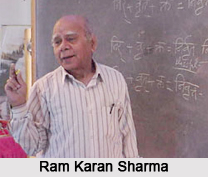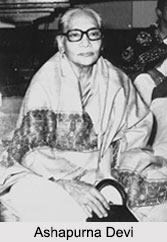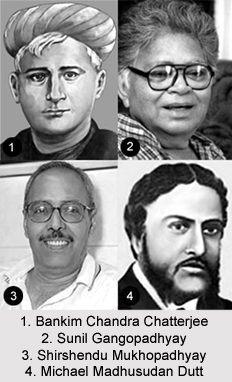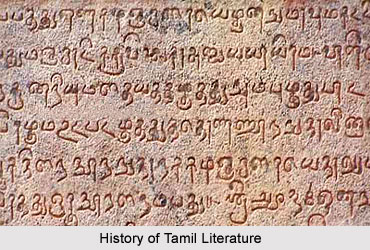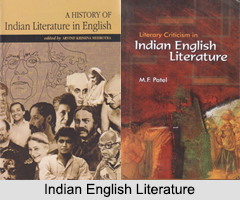Babur Upakhyan, The Narration of the Babu (1821), is the first text to deal with the Bengali Babu of the colonial times. It appeared in the Samachar Darpan, and its author is usually identified as Bhabanicharan Bandyopadhyay. A Kulin Brahmin, rich from trading with opium, has a son in advanced age and consults Brahmins about a name he should give him. One Brahmin suggests Kulinchandra or Tilakchandra. Another adds a Bengali verse and recommends that the honorific Babu be added to the name: "Ghuri turi jasa dan akhra bulbuii man`iya gan astahe bana bhojan ei nabadha Babur Liksan." Tilakchandra Babu, as the boy is finally named, soon acquires a taste for Babu-like behaviour: He beats, and shouts at, the people around him, who find this wonderful and teach him to lie in order to avoid the consequences of his misdeeds. He plays with kites and birds, leaving his school books untouched, and is always surrounded by flatterers. When he is sixteen, he is called to settle Shastrarthas. Everybody is amazed at his genius, and he decides not to care any further about learning. In this way, by fulfilling the attributes of the Babu, he spent his time in amusement.
Here in Babur Upakhyan, the Babu is established as a new species in the literary landscape of Bengal, a species obeying its own `law of existence`, if we read literally: `Dharmmapratipalan` is the term used in the Bengali original.
The author uses the form of a Charita, life-story, which is in keeping with the importance given to narratives about individual lives in Bengal and all of India. So here, as early as 1821, can be traced the beginning of a typical literary figure that was to play an important part in nineteenth-century Bengal and even after. The Babu is envisaged as something new, and at the same time as a marked deviation from the general norms of society. In this work, the Babu is not just meant as a satire alone but gave rise to a certain ambiguity to the use of the term. The name Babu started getting attached to names as an honorific indicating no negligible amount of status. So the use of it in this satire of 1821 must not necessarily be interpreted as the beginning of its slow metamorphosis into an insult, it is rather a doubling of meaning which remains productive in the determination of identity of his very Bengali middle class, Bhadra folk society throughout the century.

